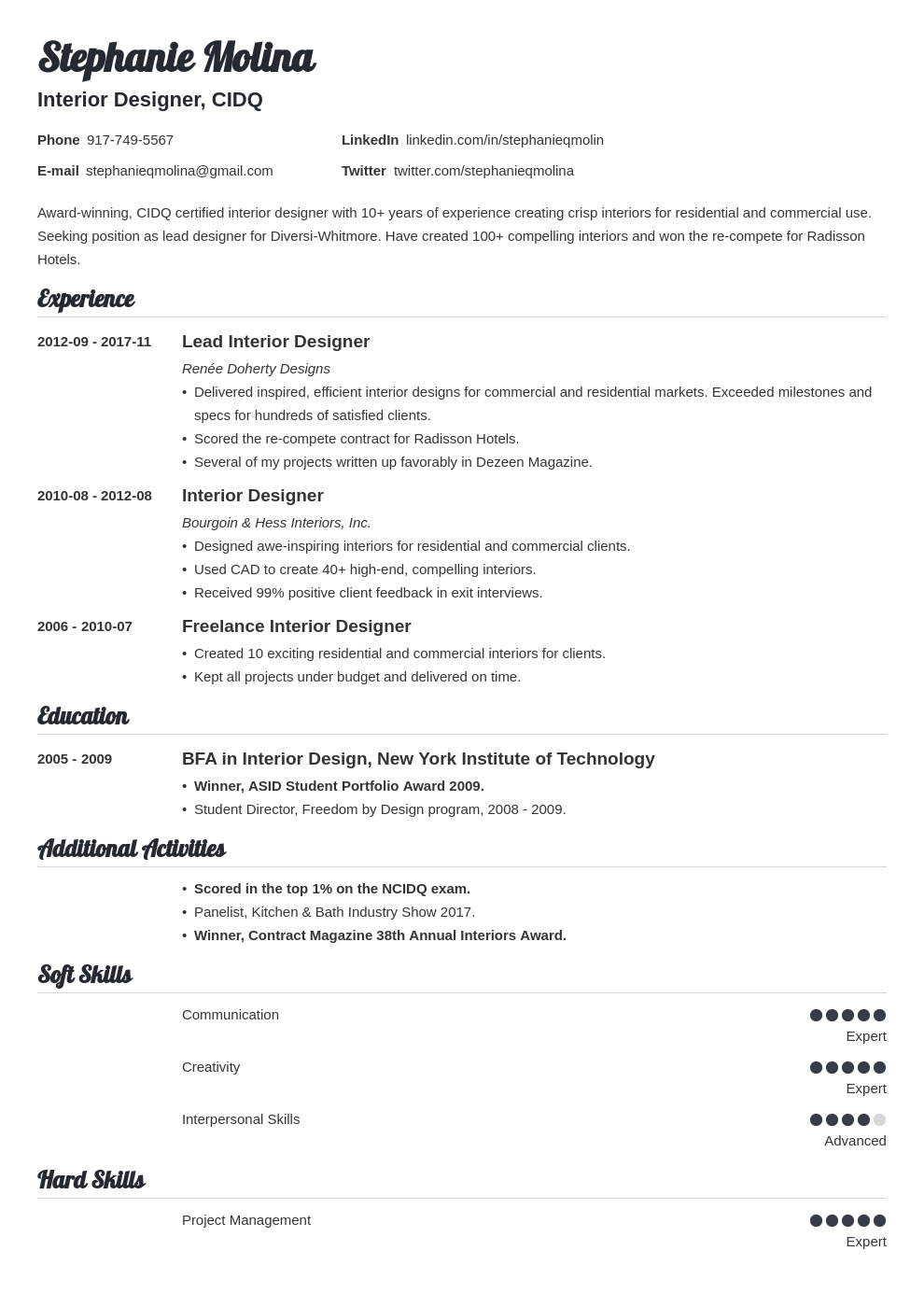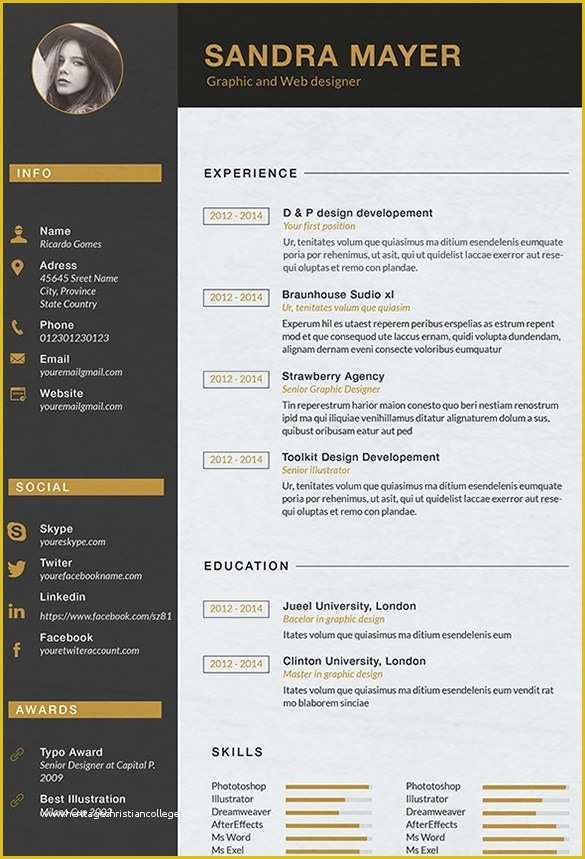Table Of Content

In periods of economic growth, demand for designers is higher, while in a downturn, many may be out of a job. Bureau of Labor Statistics (BLS) projects the field to decline by about 5% between 2019 and 2029. But what that number doesn’t explain is the concentration of positions in the market. Certain cities are hubs for interior design, while others have too much competition for too few clients.
Interior Designer - Community Projects
Interior designers, on the other hand, are first and foremost concerned with functionality and safety. That means deciding wall placement, designing plumbing systems, and coordinating with all the engineers and contractors who will bring the room to life. Then, they add the finishing touches like paint, textiles and wall art. Above all, an interior designer works to satisfy the client, both in the initial project planning phases and after the job is done. Throughout their careers, and especially at the beginning, designers look to build their portfolio – work samples from previous clients that show off their skills.

How to Know if It's Time for a Career Change
The target audience for this article includes both new and experienced interior designers who are looking to create a compelling and effective resume. Whether you are fresh out of design school or have years of experience in the industry, this article will provide important insights and tips to help you stand out and land your dream job. It allows you to provide context on your background and highlight key qualifications that may not be obvious from the rest of your resume. Summaries are especially useful for career changers or experienced professionals.
Including an interior designer portfolio
Off the bat, the hiring manager reading that resume summary knows this candidate’s resume is worth dedicating more time than the usual 7 seconds they spend skimming through resumes. You now know the basic principles of a great interior designer resume and what that looks like. Leave no dark spots on your interior designer resume, and let it outshine all the others. Without proper planning, adaptation, fixtures, and furnishing it might remain an uninviting shell. Stepping inside, the home’s interior design seamlessly weaves together the architectural elements, creating a cohesive and inviting atmosphere.
On an interior designer’s resume, the education section will probably be small and mighty. Most designers enter the field with a bachelor’s degree in interior design from a Council for Interior Design-accredited school. While some masters or doctoral programs are offered, usually a bachelor’s is sufficient education for a designer to land their first job and progress from there. You’re going to want to add keywords into your interior designer profile summary, but make sure this part stays friendly for a human reader. After all, it’s the first introduction you will have to a hiring manager once your resume passes the ATS.
When listing skills on your resume, make sure you’re focusing on hard or technical skills — think specific software programs, certifications, and elements of design. While soft skills like creativity and communication are also essential for interior designers, these should be demonstrated through your accomplishments only, never listed as skills on their own. Hard skills can be listed in your bullet points or in a ‘Skills’ or ‘Additional Information’ section at the end of your resume. If you do this, make sure to keep it short and easily skimmable — typically around 5-10 skills.
Tailor your resume to accentuate the interior design projects you've participated in, whether through internships, school projects, or freelance work. Be specific about your role and contributions to each project, emphasizing your collaboration, problem-solving, and design skills, as well as any successful results achieved. The Junior Interior Designer role is rooted in the interior design industry. Therefore, knowing the trends in this field can influence your job applications. Tailor your skills to match the job description, emphasizing those most relevant to the position. Whether it’s been a while since you updated your resume or you’re writing one for the first time, creating an impressive interior design resume can be tough.
Tips for Writing an Interior Design Resume
A well-written cover letter can highlight your personality, communication skills, and enthusiasm for the position. It can also address any potential concerns the employer may have about your qualifications and help you stand out among other applicants. Use industry-specific language and keywords to demonstrate your knowledge of the field. This shows that you understand the industry and that you’re familiar with the terminology used in interior design.
Present a Well-Organized Interior Design Education Section
The Top Architecture Résumé/CV Designs - ArchDaily
The Top Architecture Résumé/CV Designs.
Posted: Wed, 17 Aug 2016 07:00:00 GMT [source]
This allows you to emphasize where you’ve worked and the people who were part of the scene — your employers, mentors, colleagues and clients. Or you can focus instead on the specialized technical skills, talents and passions that have shaped your success stories. A strong interior designer resume should feature a diverse array of projects, from residential to commercial spaces. Detail your accomplishments in these projects, emphasizing any awards or recognition you've received, and quantify your success using metrics (e.g., increased client satisfaction by 20%).
This provides all the necessary details about the certification, emphasizing areas of specialization that can set you apart in the job market. Highlighting specific coursework assures potential employers of your preparedness to handle diverse and contemporary design challenges. Below is a collection of the most frequent we saw on interior designer resumes. Identify keywords and required skills, and make sure to include experiences that demonstrate them.
More niche designations, like the American Academy of Healthcare Interior Designers and the American Lighting Specialist certifications, can add another degree of specialization to your resume. Metrics help your accomplishments stand out and provide concrete evidence of your value. If you don't have access to specific metrics, use numbers to provide context, such as the size of the projects you worked on or the number of clients you served. Emphasize your experience overseeing budgets, timelines, and vendor relationships. If you find yourself with a lack of interior design experience, you’re not alone.

The most commonly used chronological format works well for job seekers in almost any occupation. Progressive job experience and accomplishments are organized by employer / workplace in reverse order from most recent to earliest dates. It would be a good fit for interior designers whose creative and/or business journey has followed a linear employment pattern. That’s why an interior designer’s resume must be tailored to each and every position he or she applies for. Some designers are specialists in bathrooms, offices or planes, but even more general designers will need to brainstorm their strengths and compare that against the job description. Demand for interior designers fluctuates with the economy and construction industry.
Excel at balancing form, function and budget considerations to deliver beautiful and custom design solutions. Technical Skills In addition to design skills, you should also possess technical skills such as knowledge of computer-aided design (CAD) software and understanding of construction and building codes. This knowledge will help ensure that your designs align with building regulations and can be implemented. Interior design is often a collaborative process, so highlighting your ability to work well with others is key. Use examples from previous roles to show how you’ve collaborated with colleagues or worked effectively as part of a larger team. Including a section on hobbies and interests can help humanize your resume and give employers an idea of your personality.
To ensure that potential employers understand your background, skill-set, and achievements, every interior design resume should include the following key elements. Interior designers need to have experience with taking designs from concept to creation, all while considering what their clients are looking for and how the space is going to be used. If the job you’re applying for is more focused on technical skills, try Drafted or Developed. To emphasize sales and customer service, use Generated, increased, or Fulfilled.

No comments:
Post a Comment